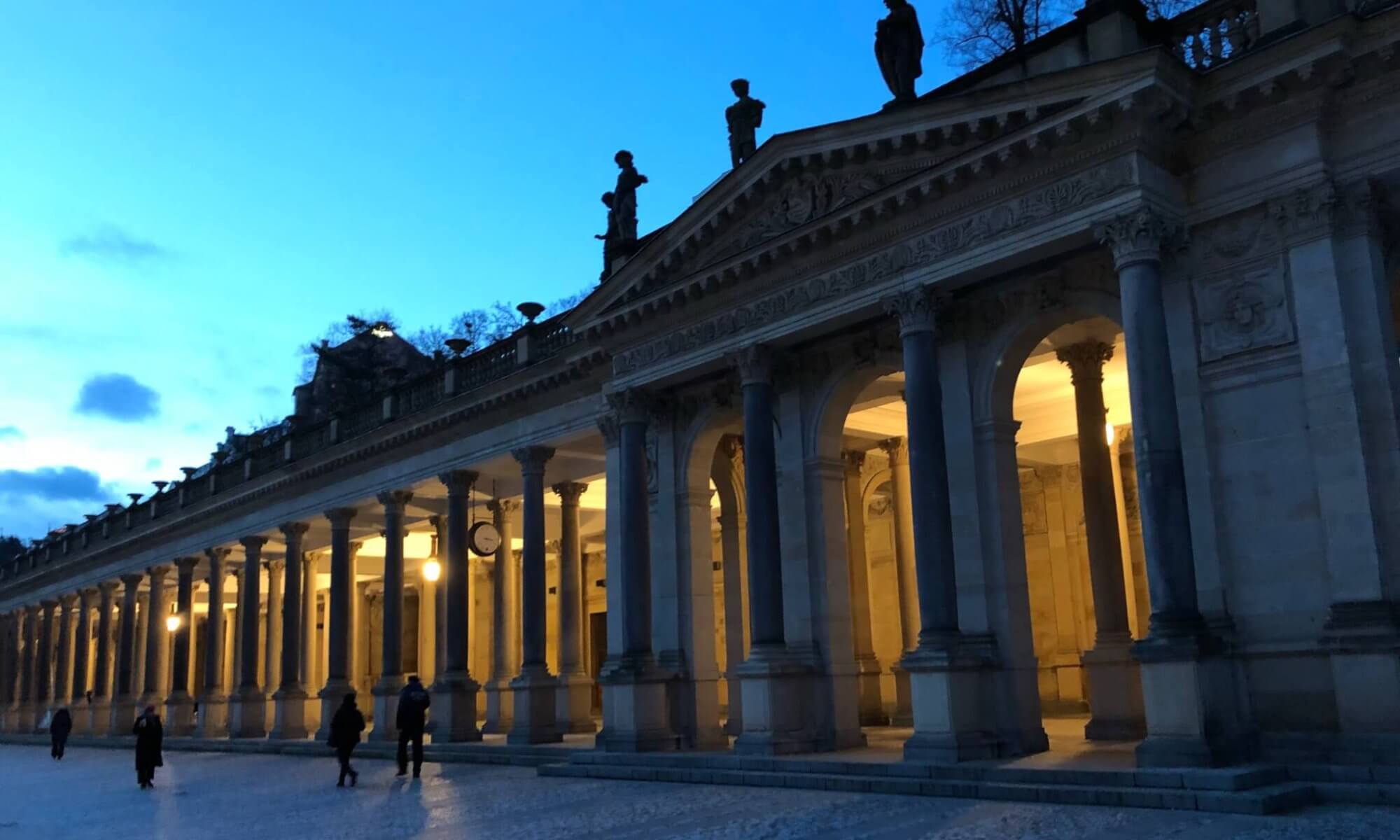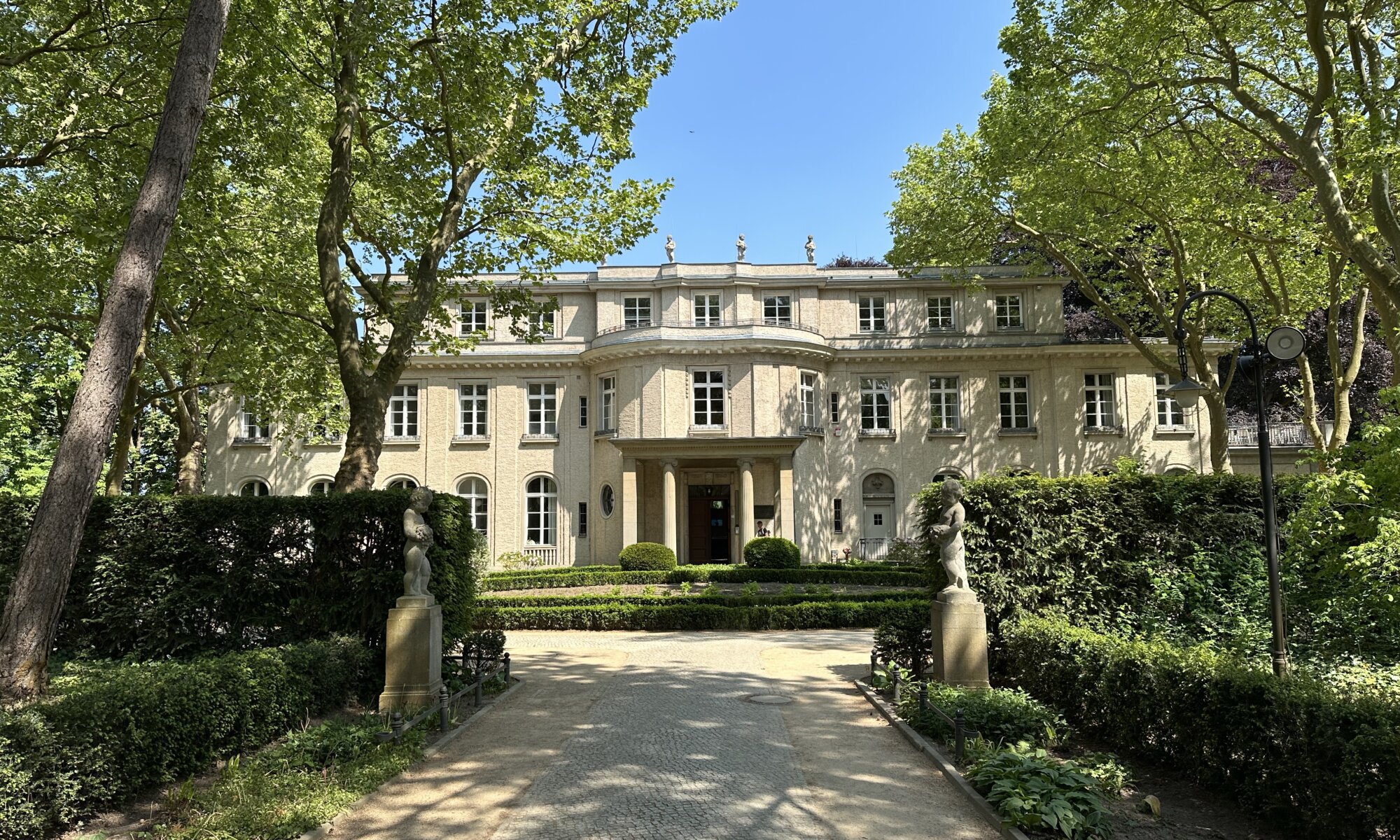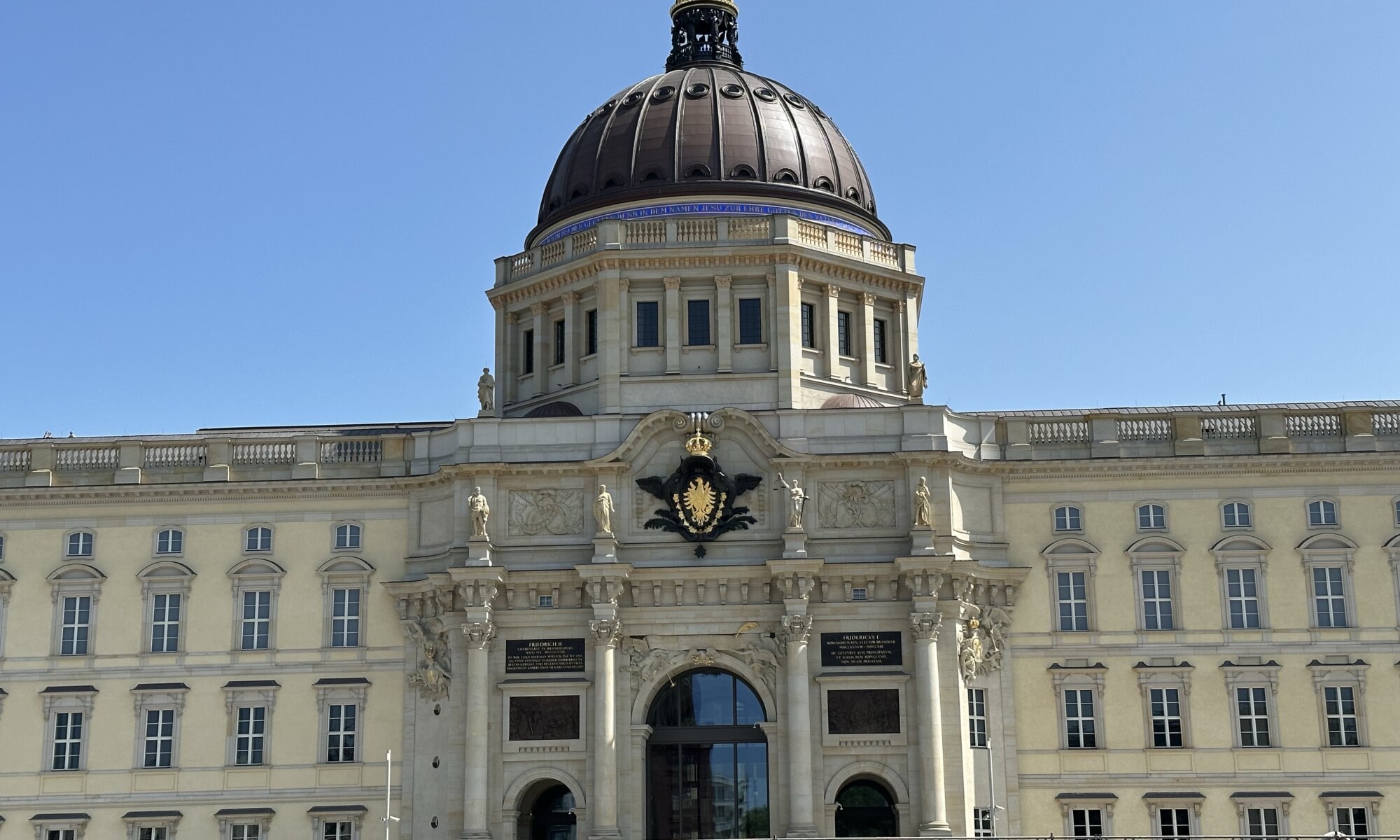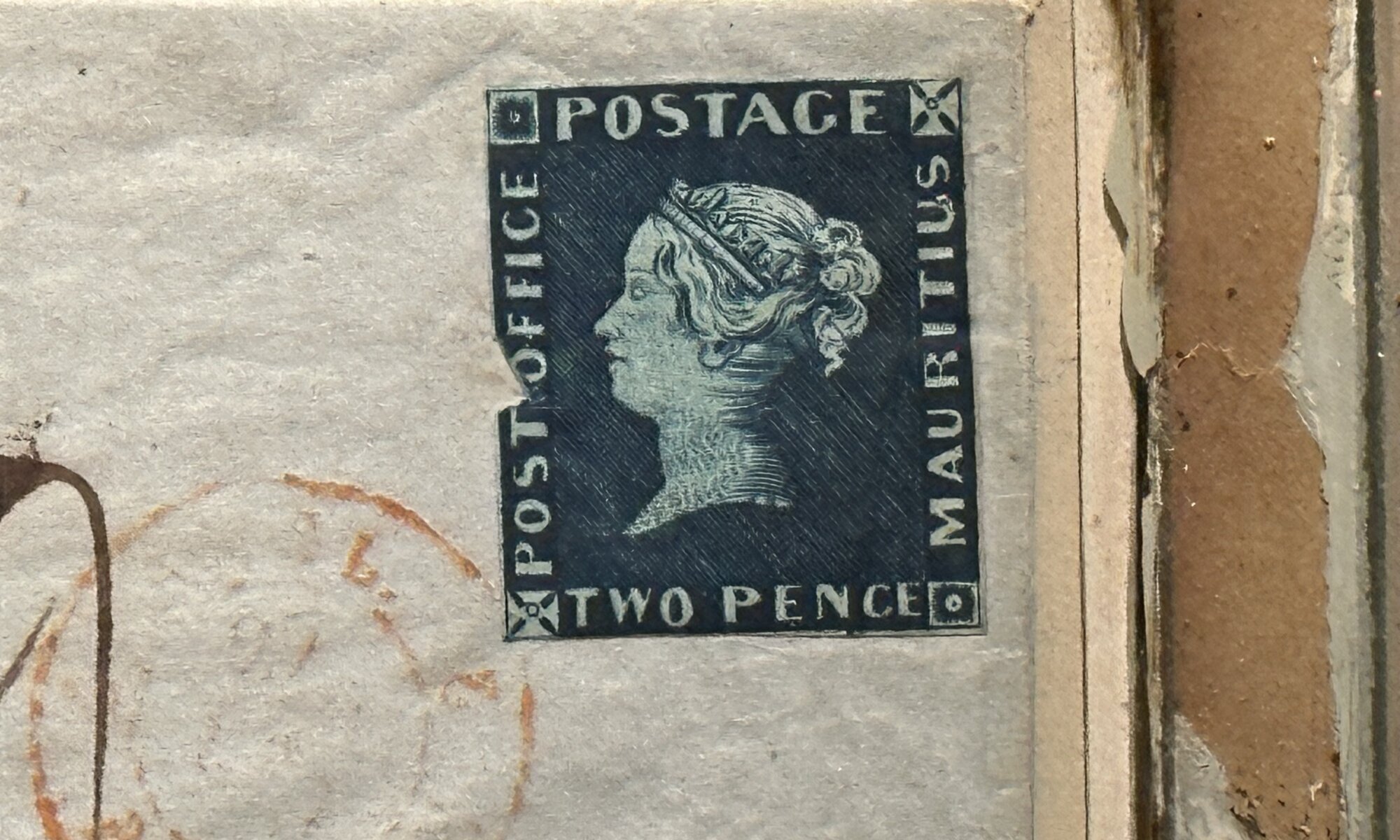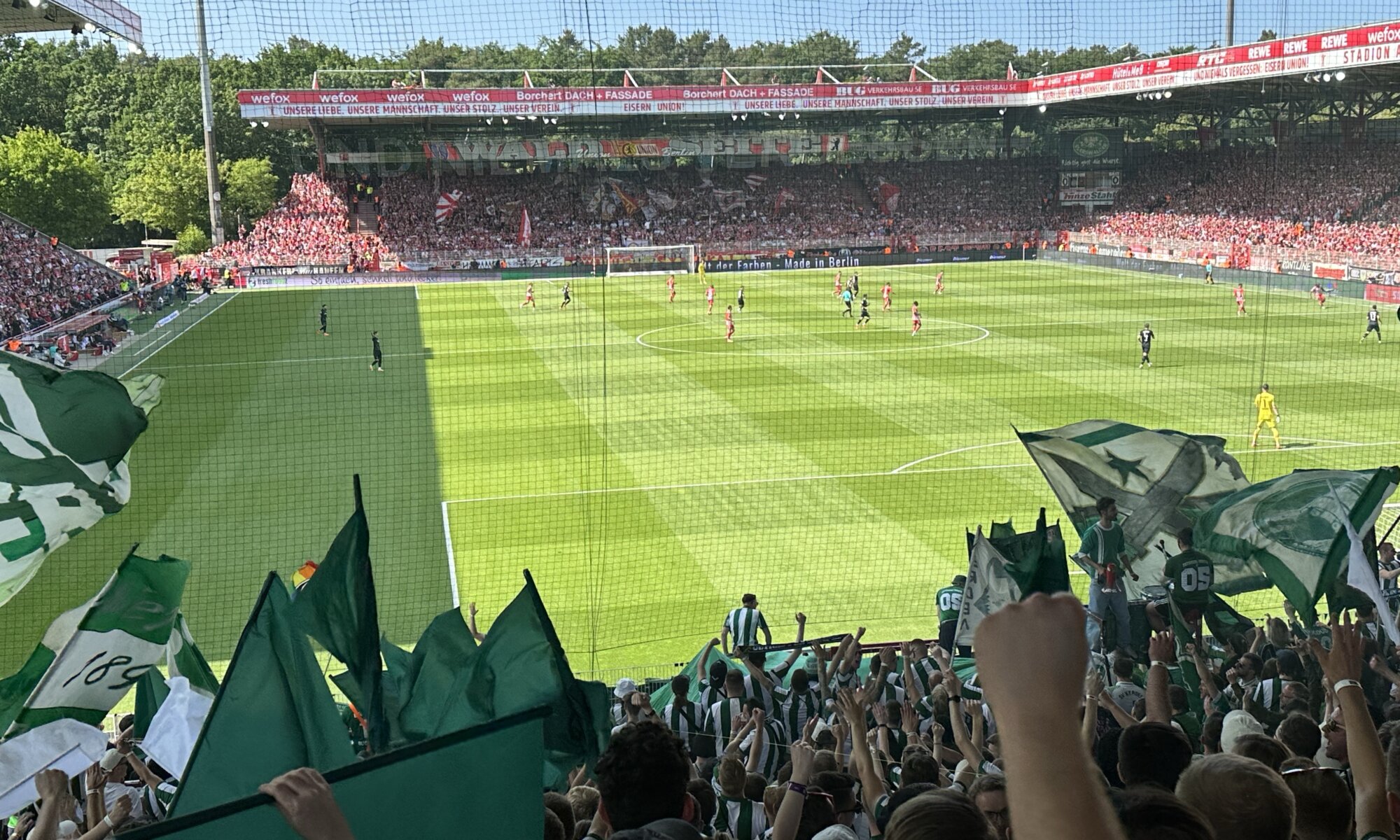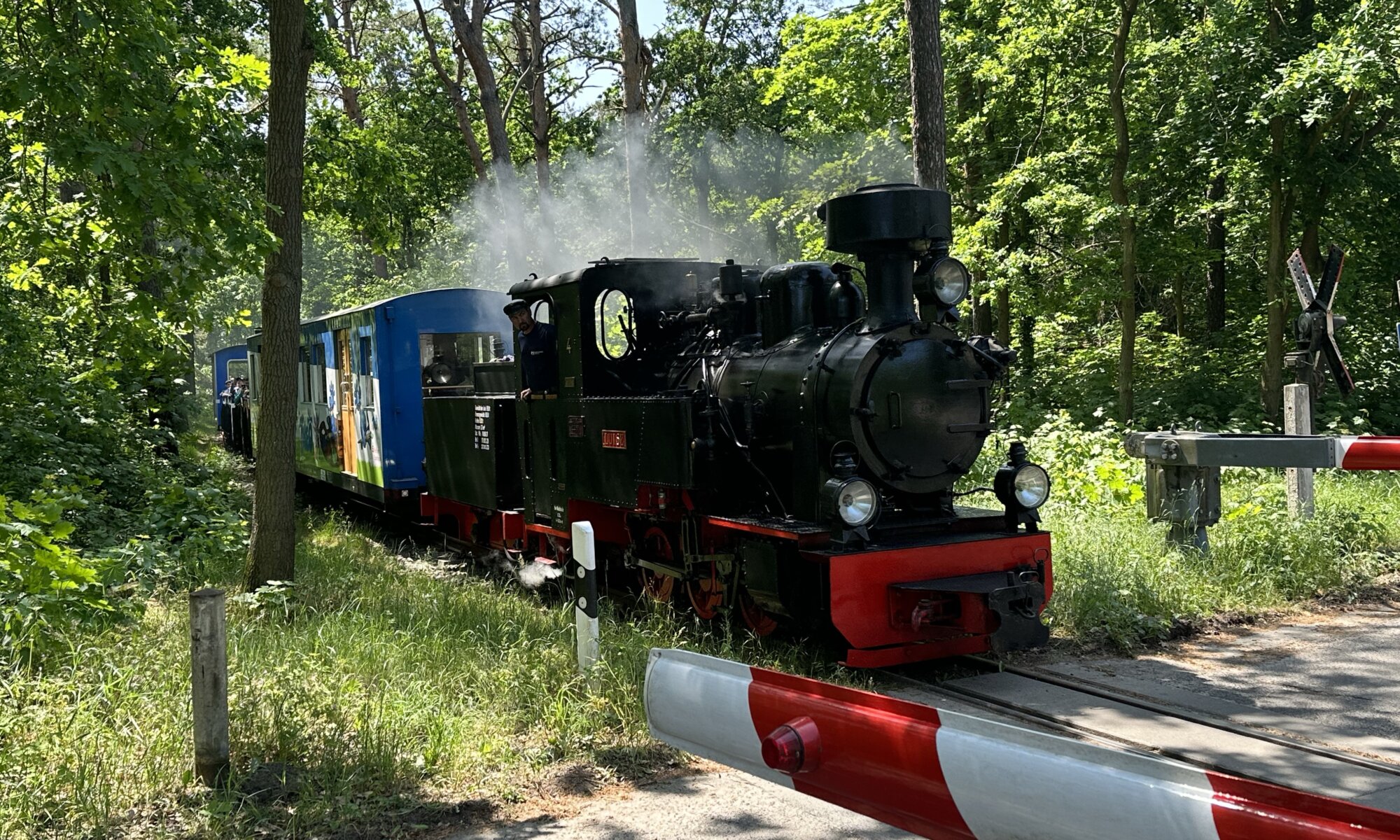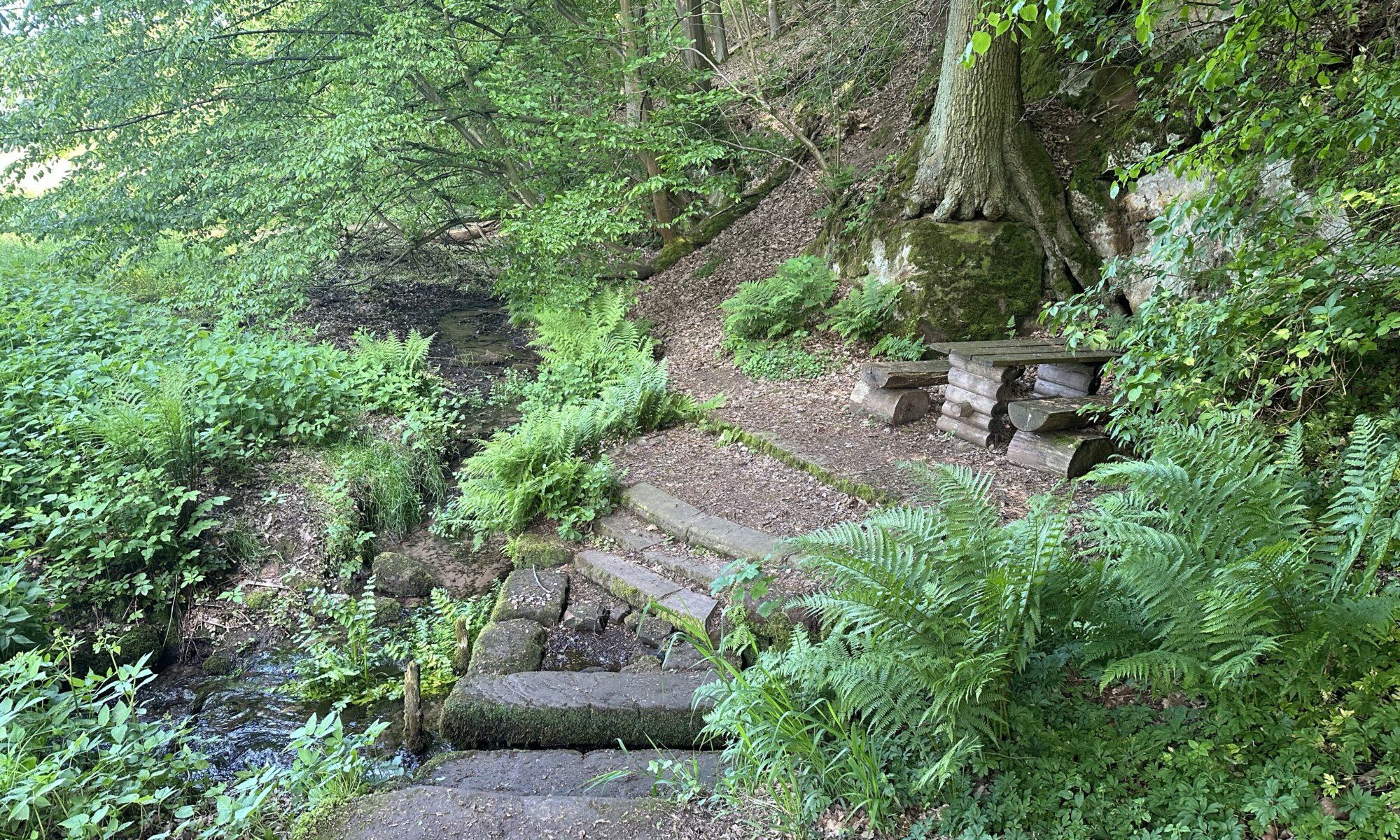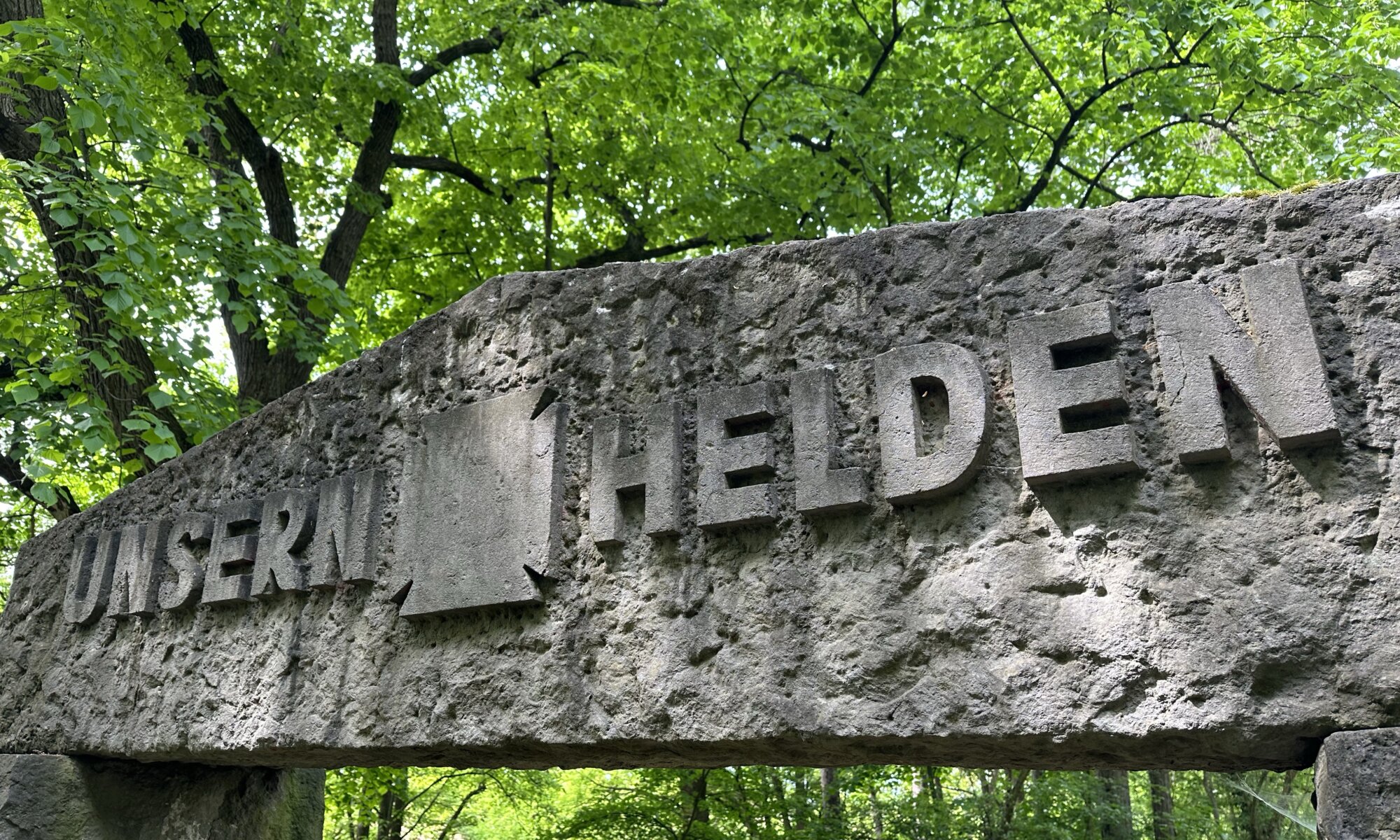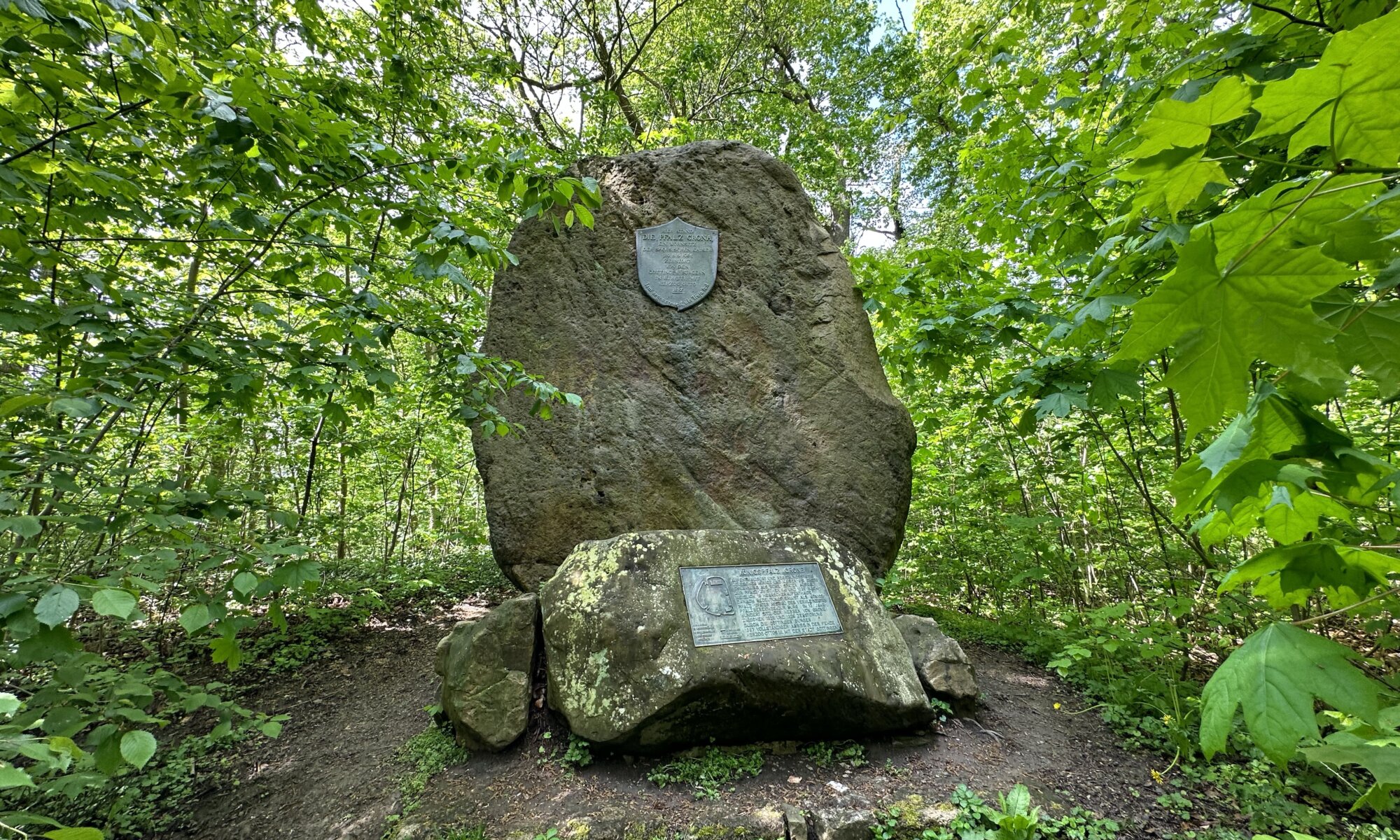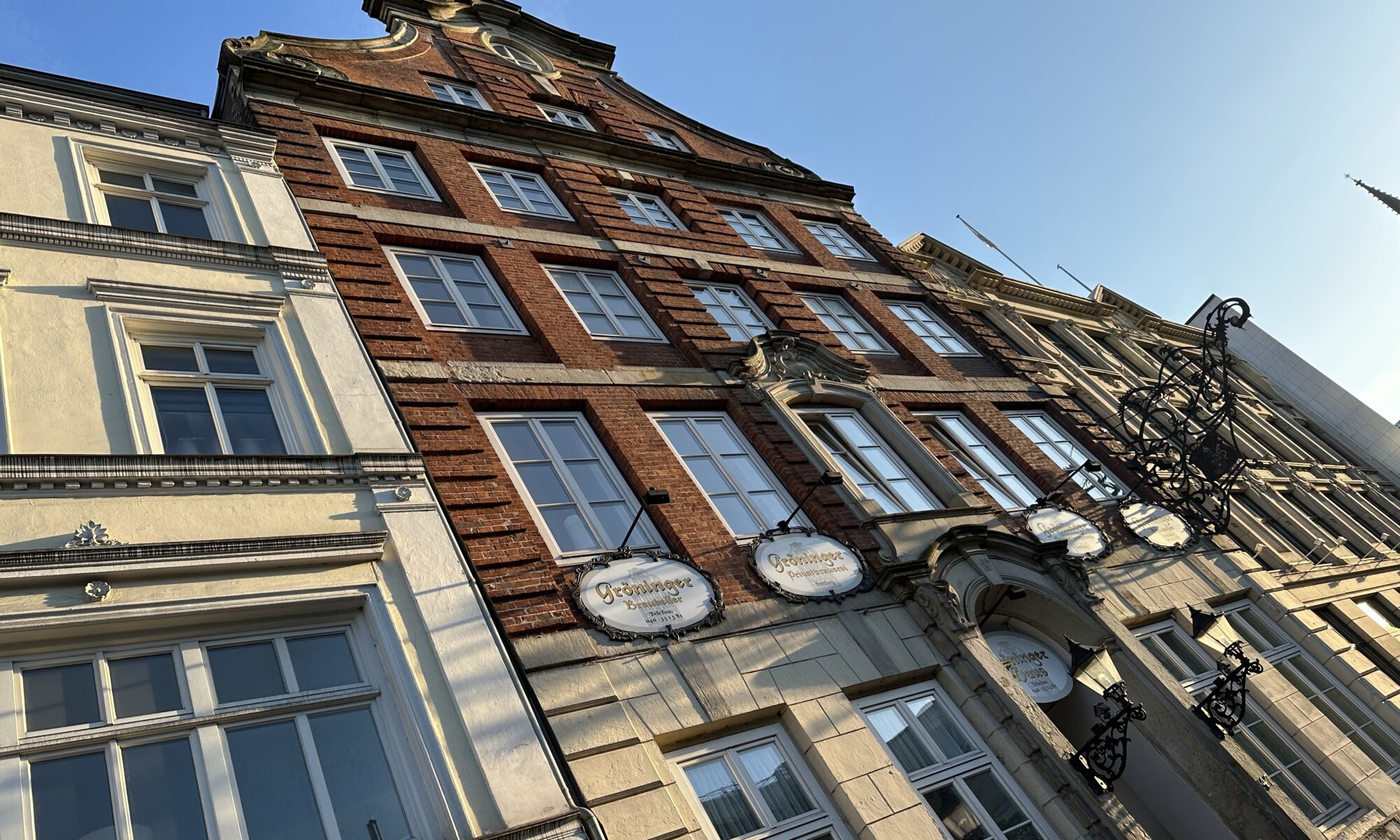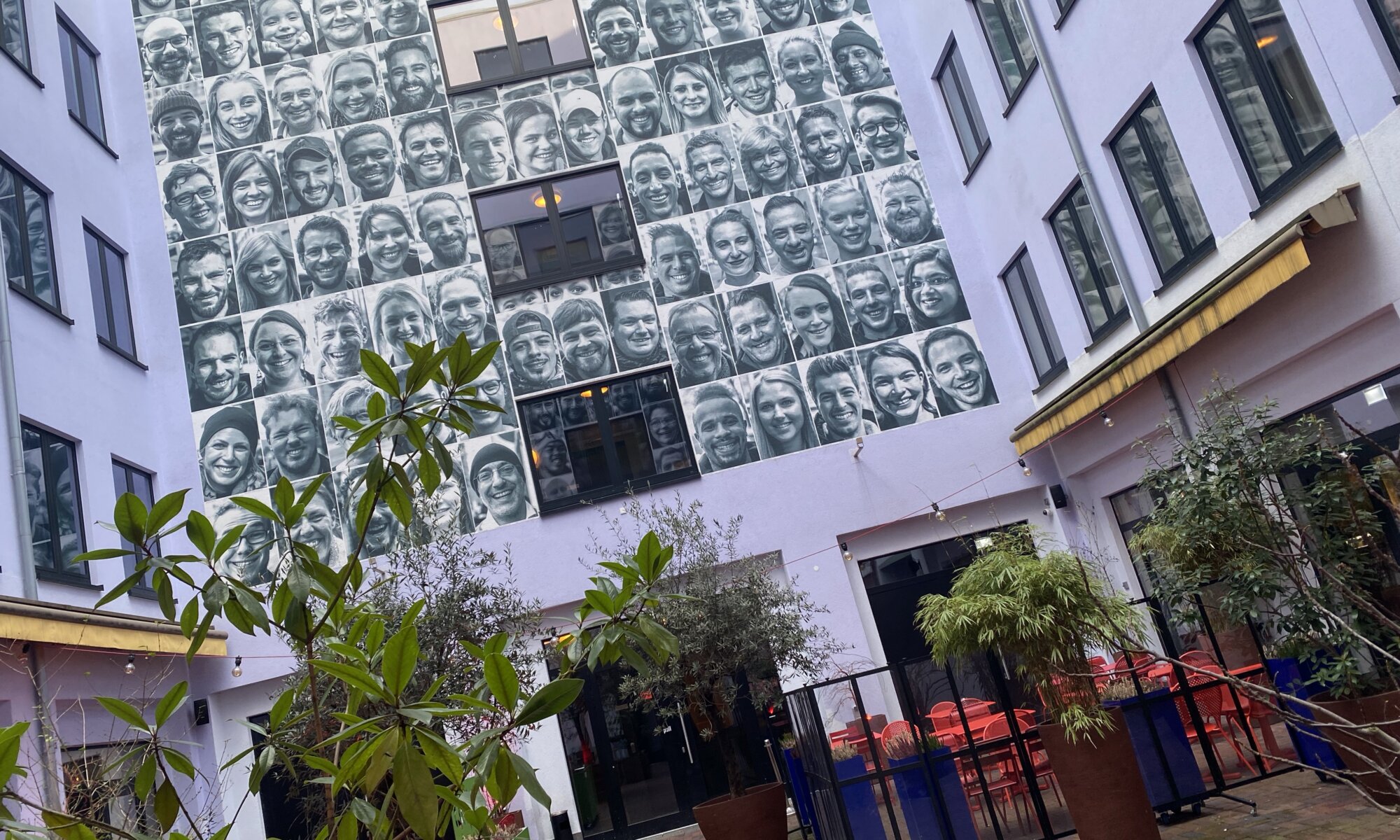The Wannseekonferenz is a dark moment in German history. It took place on January 20th, 1942 in the Villa Marlier at the Wannsee lake of Berlin. Delegates of different government institutions were invited to a ‘meeting followed by breakfast’ and coordinated the deportation of all Jewish citizens of Europe to extinction camps in the East. The Holocaust itself was already decided by that time, but the conference was used to define the victims and the schedule in more detail; it was the administration of the so called ‘Final Solution to the Jewish Question‘ (‘Endlösung der Judenfrage‘).
Continue reading “Meeting followed by breakfast”Alles nur geklaut
The center of the Museumsinsel in the heart of Berlin has a colorful past: From 1443 on it was the location of the Berliner Schloss (also named Stadtschloss), the seat of the Electors of Brandenburg, the kings of Prussia and later the German Emperors. It was torn down in 1950 by the government of the GDR and on its grounds the Palast der Republik was built, housing the parliament named Volkskammer. This parliament building then was demolished until 2008 to rebuilt the historic Berliner Schloss, now housing museums and carrying the name Humboldt-Forum. A replica of a historic building worth a visit!
Continue reading “Alles nur geklaut”Mauritius blue
The communication museum (Museum für Kommunikation) in the capital city of Germany resides in an amazing ancient building in the city quarter Mitte (Leipziger Straße / Mauerstraße). Its predecessor, the Reichspostmuseum, was opened in 1872; highlight of the building is the six meters high giants statue added in 1895. The current museum is operated by a foundation owned by the German state and financed by the Deutsche Post and Deutsche Telekom. That seems very reasonable because the focus of the collection is the history of mail and telephony.
Continue reading “Mauritius blue”An der alten Försterei
There are not many clubs from the East of Germany who currently play or formerly played in the Bundesliga. The division of the country into FRG (BRD) and GDR (DDR) for some decades still today shapes the scoreboard of the first German soccer league. Since 2016 the artificial club RB Leipzig which is a marketing vehicle for an energy drink producer is present, formerly Hansa Rostock, Energie Cottbus und Dynamo Dresden were there (all of them clubs only few people in the West could relate to). But things are getting better: since 2019 the 1. FC Union Berlin is inside the league. And its story reads like a miracle or fairytale.
Continue reading “An der alten Försterei”Parkeisenbahn Wuhlheide
The Wuhlheide is a forest within the city of Berlin, Germany, belonging to the city quarters Köpenick and Oberschöneweide. It is named after the river Wuhle which runs into the river Spree and formerly formed the border of the forest. The area contains an open air stage and a family recreation center (the Freizeit- und Erholungszentrum, FEZ). This is based on the former usage by the GDR youth organization, the Pionierorganisation Ernst Thälmann. And it contains a former Pioniereisenbahn in the Sowjet tradition; a narrow-gauge railway operated by children and teenagers who had fun while being trained to became a railway worker.
Continue reading “Parkeisenbahn Wuhlheide”The Nymph of the Negenborn
The Negenborn-Quelle is a spring at Gleichen, close to the village of Benniehausen. Its name refers to nine springs (negen born) that have been there in the past. If you manage to find the spring in the valley of the river Garte you’ll be at a quite place in nature, with a spring framed in stone. The Negenborn produces around 20 to 30 liters per second which run into the Garte river. A local association, the HURKUT e.V. has placed some seats and a board describing the history of this place close to the Negenborn.
Continue reading “The Nymph of the Negenborn”Stumpfe Eiche
Today Weende is a city quarter of Göttingen, Germany. It was an independent community until 1964 and as such it was (and it is still) remembering its fallen soldiers in both World Wars. In 1956 the stonemason August Voss had created a memorial made of sandstone which was placed in a small forest in a region called Stumpfe Eiche (after the former local name vor der stuven Eichen, referring to stubs of oaks once standing there). It is today a bit hidden, but you can see steps leading you from the street level into the forest. There the memorial is surrounded by seats. It is a nice place, but a problematic memorial.
Continue reading “Stumpfe Eiche”Pfalz Grona
In former times the kings and emperors in Germany didn’t have permanent seats, they had royal palaces spread out over their realm and were travelling between them. From 915 to 1387 one of these places called Königspfalz or Kaiserpfalz was located on the territory of Göttingen, the Pfalz Grona (also known as Burg Grona). It is one of the roots of the city quarter Grone (even as today it belongs to the Weststadt) and kings and queens, emperors and empresses were enjoying their stays there – but it is mostly forgotten. There are only street names remembering the past (Pfalz-Grone-Breite, Burg Grona, Unter der Pfalz) and a memorial stone hidden in the forest on top of the Hagenberg mountain.
Continue reading “Pfalz Grona”Gröninger
If you want to get a beer brewed in Hamburg, Germany, you might typically choose an Astra or Holsten. They’re the most famous ones, but the oldest brewery from 1793 at the oldest brewery location (used since 1722) is Gröninger. The Gröning Privatbrauerei produces a delicious, amber-colored Pilsener close to the historic Speicherstadt and Chilehaus. The building itself was built in 1761 and is one of the last Baroque-style buildings in the old city center; it is therefore protected as a cultural heritage since 1944.
Continue reading “Gröninger”They’re all mad there
If you’re going on a business trip to Frankfurt you can decide to do it the standard way and sleep in a shiny modern business hotel. Or you go for the crazy option and book the 25hours close to the main railway station. Yes, the red light district is not far and the atmosphere surrounding the hotel isn’t the best – but the hotel compensates that with lovely decorations, unusual facilities and great food.
Continue reading “They’re all mad there”